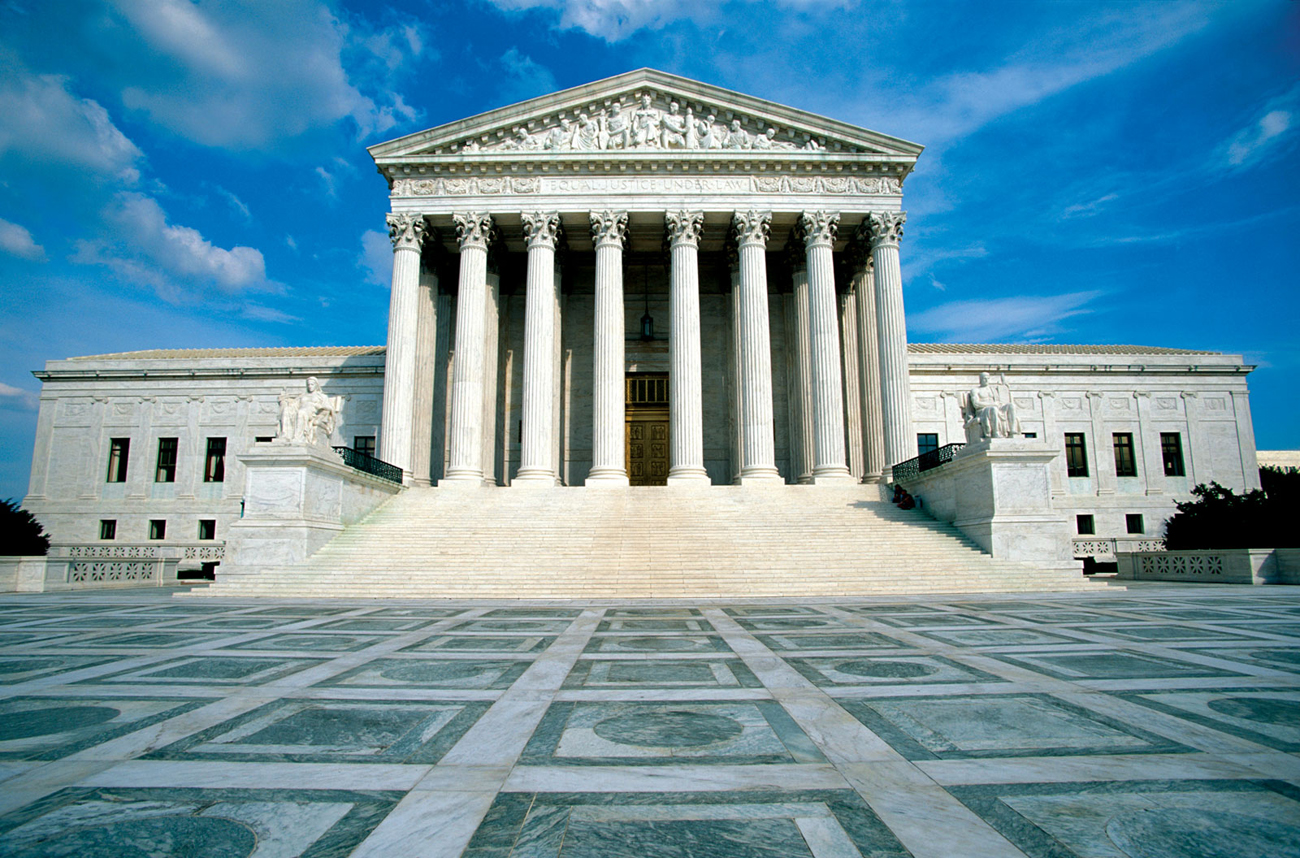 On 2/21/2012, the Supreme Court of the United States ruled in the case of Howes, Warden vs. Fields, No. 10-680. This case addresses the issue of police questioning of a prisoner without giving Miranda Warnings. The High Court held that Miranda protections do not apply to prisoners, as long as certain circumstances are present.
On 2/21/2012, the Supreme Court of the United States ruled in the case of Howes, Warden vs. Fields, No. 10-680. This case addresses the issue of police questioning of a prisoner without giving Miranda Warnings. The High Court held that Miranda protections do not apply to prisoners, as long as certain circumstances are present.
What is interesting about the majority opinion, written by Justice Samuel J. Alito, and joined by Justices Roberts, Scalia, Kennedy, Thomas, and Kagans, is the reasoning the Court used in overturning the U.S. Court of Appeals Sixth Circuit assertion that the interview of prisoner Randall Fields by sheriff’s deputies was a custodial interrogation.
Although it is lengthy, instead of paraphrasing the ruling, I thought I would print three of what I think are the key passages in the syllabus of the Supreme Court’s decision:
“The initial step in determining whether a person is in Miranda custody is to ascertain, given ‘all of the circumstances surrounding the interrogation,’ how a suspect would have gauged his freedom of movement. Stansbury v. California, 511 U. S. 318, 322, 325. However, not all restraints on freedom of movement amount to Miranda custody. See, e.g., Berkemer v. McCarty, 468 U. S. 420, 423. Shatzer, distinguishing between restraints on freedom of movement and Miranda custody, held that a break in Miranda custody between a suspect’s invocation of the right to counsel and the initiation of subsequent questioning may occur while a suspect is serving an uninterrupted term of imprisonment. If a break in custody can occur, it must follow that imprisonment alone is not enough to create a custodial situation within the meaning of Miranda. At least three strong grounds support this conclusion: Questioning a person who is already in prison does not generally involve the shock that very often accompanies arrest; a prisoner is unlikely to be lured into speaking by a longing for prompt release; and a prisoner knows that his questioners probably lack authority to affect the duration of his sentence. Thus, service of a prison term, without more, is not enough to constitute Miranda custody.
“The other two elements in the Sixth Circuit’s rule are likewise insufficient. Taking a prisoner aside for questioning may necessitate some additional limitations on the prisoner’s freedom of movement, but it does not necessarily convert a noncustodial situation into Miranda custody. Isolation may contribute to a coercive atmosphere when a nonprisoner is questioned, but questioning a prisoner in private does not generally remove him from a supportive atmosphere and may be in his best interest. Neither does questioning a prisoner about criminal activity outside the prison have a significantly greater potential for coercion than questioning under otherwise identical circumstances about criminal activity within the prison walls. The coercive pressure that Miranda guards against is neither mitigated nor magnified by the location of the conduct about which questions are asked.
“When a prisoner is questioned, the determination of custody should focus on all of the features of the interrogation. The record in this case reveals that respondent was not taken into custody for Miranda purposes. While some of the facts lend support to his argument that Miranda’s custody requirement was met, they are offset by others. Most important, he was told at the outset of the interrogation, and reminded thereafter, that he was free to leave and could go back to his cell whenever he wanted. Moreover, he was not physically restrained or threatened, was interviewed in a well-lit, average-sized conference room where the door was sometimes left open, and was offered food and water. These facts are consistent with an environment in which a reasonable person would have felt free to terminate the interview and leave, subject to the ordinary restraints of life behind bars.”
Finally, key to the Supreme Court’s reversal was the “undisputed fact” that the prisoner was told he was free to leave and go back to his cell and that he understood and believed it.
In the dissenting opinion, Justice Ginsburg is joined by Justices Breyer and Sotomayer in maintaining that “the ‘incommunicado interrogation [of Fields] in a police-dominated atmosphere,’ id., at 445, without informing him of his rights, dishonored the Fifth Amendment privilege Miranda was designed to safeguard.”
Randall
Credit: U.S. Supreme Court building. [Photograph]. In Encyclopædia Britannica. Retrieved from http://www.britannica.com/EBchecked/media/98195/US-Supreme-Court-building-Washington-DC
